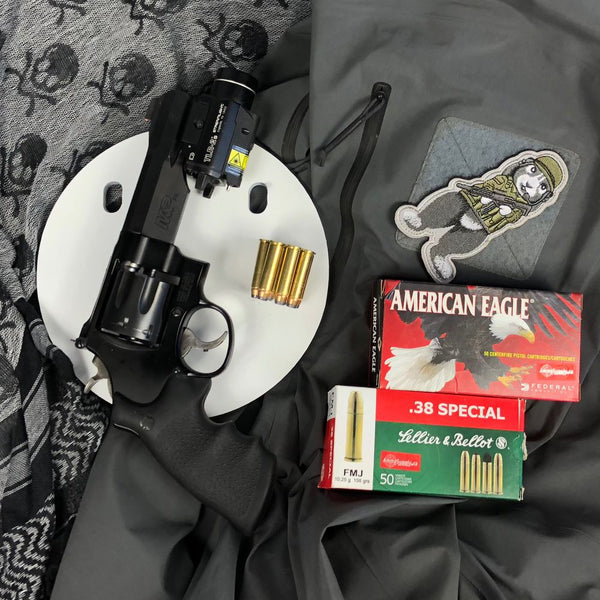Review: Ruger Precision Rifle

When the Ruger Precision Rifle (aka RPR) was released in the spring of 2015, my first thought was that they had chosen a very arrogant name, and my second thought was that my previous Ruger rifles, both 10/22s, worked well enough, but never gave me an impression of precision anything. This rifle is different.
Before I get into reviewing the RPR, I want to talk about the cartridge. The RPR comes in 243, 308, and 6.5 Creedmoor. My rifle is chambered for 6.5, which performs about the same as 308 out to about 500 metres, but beyond that 6.5 starts pulling away, both literally and figuratively. If you want to hit steel at 1000 meters, over and over and over, 6.5 Creedmoor is an excellent choice, and the RPR can do it.
The first thing you need to know about the Ruger Precision Rifle is that it is very accurate, right out of the box. I'm not much of a shot with a rifle, but I shot under one moa first time out, with factory ammo (Hornady 143 grain). Whether you buy it in 308, 243, or 6.5, it'll hit about half MOA if you know what you're doing. The shooter has to do his part, but the RPR helps with decent ergonomics and adjustability
The stock adjusts for length of pull, and the comb adjusts for height; and Ruger claims that they engineered the rifle to direct recoil forces back in a nice straight line through the barrel, the frame, the stock and then, when you've got it adjusted just right, those forces pass through your shoulder, down your body, and vent out through special recoil holes in your boot. If for some crazy reason you want to replace the stock, the RPR will take any stock that can mount to an AR-15 style buffer tube system. That's handy, but the folding stock that comes with the rifle is excellent.
The trigger is also adjustable, but only down to two and a half pounds. Good enough, but I think a lot of precision rifle enthusiasts would prefer to dial it down even further.
Another item that can be easily installed is a muzzle brake; the RPR shoots well enough without one, but the RPR barrel comes threaded 5/8 x 24, and Ruger offers what they call the RPR Hybrid Brake. I chose instead the Fat Bastard from American Precision Arms, because it sounds like it was made just for me. Whether you're a fat bastard or not, this muzzle brake works as well as any I've tried.
The RPR comes with a 20 MOA rail that bolts on securely; for most scopes, you'll need this if you spend your time shooting beyond 600 meters or so. I'm using a Sightron S3 8-32 x 56, which is perfect for me and the kind of shooting I do with this rifle. Stay tuned for a five-minute review of this scope.
In summary, if you want to ring the bells out at a kilometre or more, without going to the trouble and expense of having a gun custom built, get a Ruger Precision Rifle, mount a really good scope to it, and I'll see you at the range!



